An osprey sighting is always memorable. Those fierce yellow eyes and pale plumage make it a highly distinctive bird and that’s before you find one fishing. I can remember the excitement when a (Western) Osprey first bred in the Lake District in the 1990’s and those memories carved the Osprey a special place in my birding heart.
I currently live and work in Qatar, which is a tiny desert peninsular that juts out into the Persian Gulf in the Middle East. It is hot with summer temperatures above 50 degrees Celsius and is the only country in the world with no fresh standing water. Doha, the capital, is a gleaming, modern cityscape of steel and glass that has risen out of the encircling desert. Here, ubiquitous irrigation allows gardens to flower and trees to provide shade from the scorching sun. But travel just a few kilometres from the city centre and you’re in the harsh desert which stretches wide to the horizon on all sides.
However, if you know where to look, there are exciting birding locations to be discovered, and principal among them is Irakaya Farm, a green oasis in an otherwise bleak and inhospitable landscape. Most closely resembling a steppe, vast circular fields are watered by gigantic automatic irrigation booms, that trundle slowly over the landscape. At the centre of each field, a concrete reservoir holds grey water pumped from the nearby water treatment plant.
It’s where I spend my Saturday mornings birding and has proved to be highly productive with good numbers of Pallid and Marsh Harriers, bee-eaters, shrikes, Crested, Black-crowned and Greater Hoopoe Larks, Desert and Isabelline Wheatears and Isabelline, Woodchat and Grey Shrikes just some of the birds regularly seen.
Birding in Qatar is usually undertaken from the car, the temperatures are just too hot for anything else. I’d pulled up beside one of the reservoirs and was admiring a line of Black-winged Stilts, when a shadow passed overhead. I looked up and was amazed to see an Osprey sweep over the water before settling on the roof of a pumping station, its plumage ruffling in the hot breeze. It was hard to take in. 50 kilometres from the coast and surrounded by desert on all sides, I was watching an Osprey from my car window! The bird took off and angled round for another sortie, this time snagging a fish. How those fish got there is another mystery, but as the Osprey flapped away with its catch, I decided to follow it.
The four by four bumped and rattled over the stony terrain as I headed for the spot where the bird had vanished from sight. After ten minutes I pulled up. A bird was perched on a distant pylon. I focused my binoculars and was pleased to see it was the Osprey. Over the next quarter of an hour I slowly crept forwards, until I was close to enough to get a few shots using a 600mm lens in crop mode.
People are birders for different reasons. In my case, birding is often a meditative retreat from the always on, hyper-connected world I inhabit for the rest of my week. Consequently, a day spent birding normally leaves me feeling serene and grateful for the landscapes in which nature still displays its beauty. Through the viewfinder, I watched the Osprey tear away at the flesh of the fish it had caught. Its perch, one of a line of pylons that mark the perimeter of the farm, bordered the shimmering Arabian desert that loomed beyond. It was a juxtaposition that would be ludicrous to imagine and hard to believe without the evidence of my own eyes. As I took a final photograph, I reflected on how remarkably resilient nature can be. It left me feeling hopeful and encouraged and surely that is a rare gift indeed.

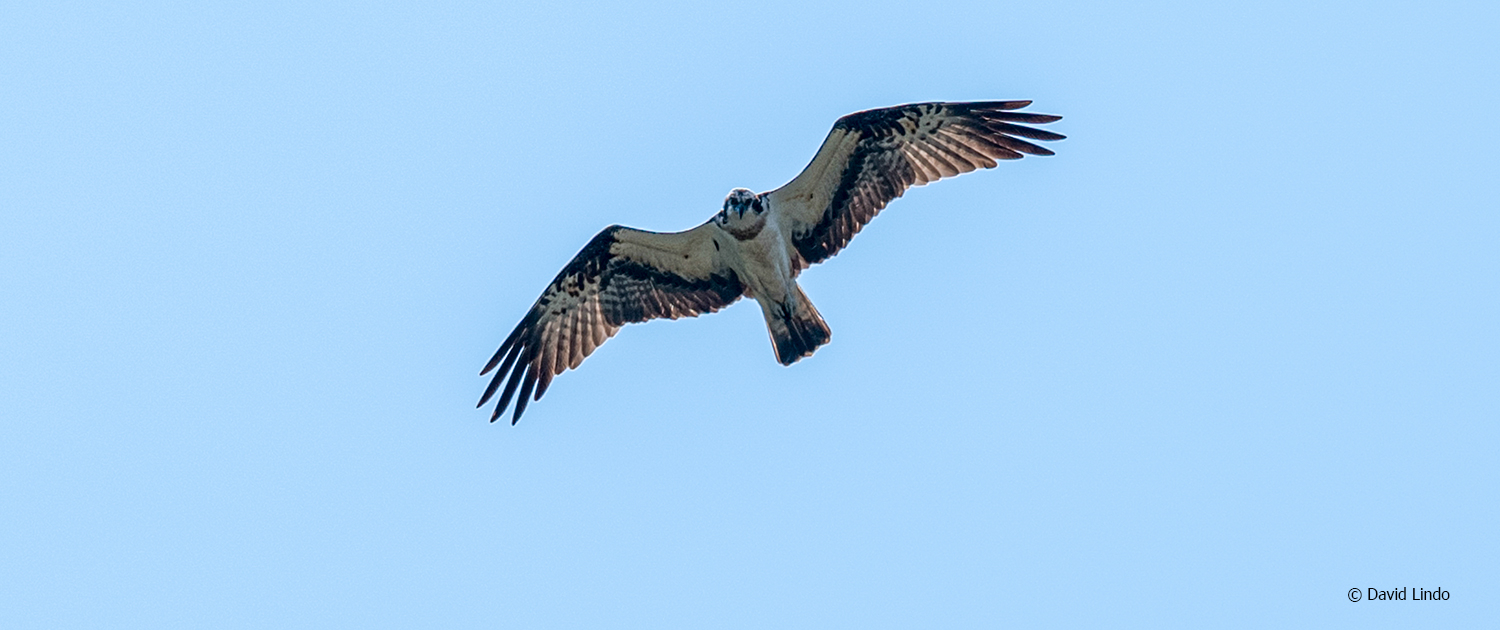
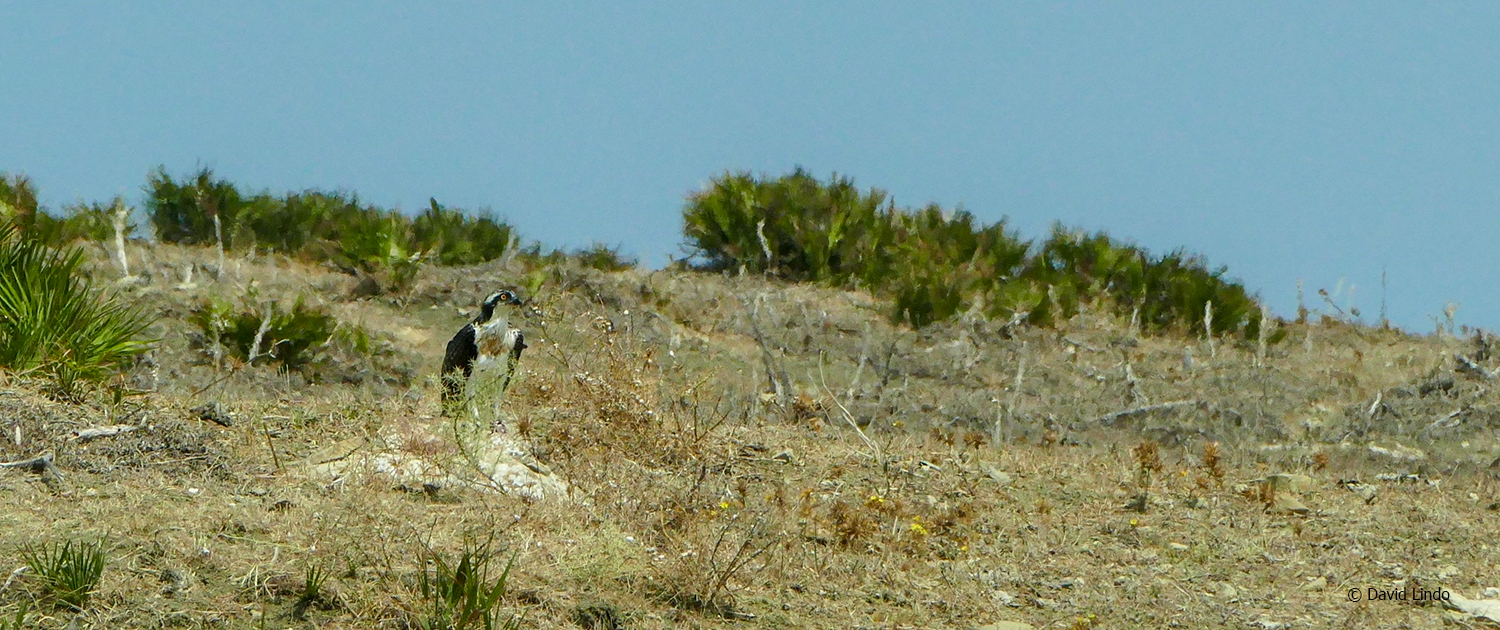
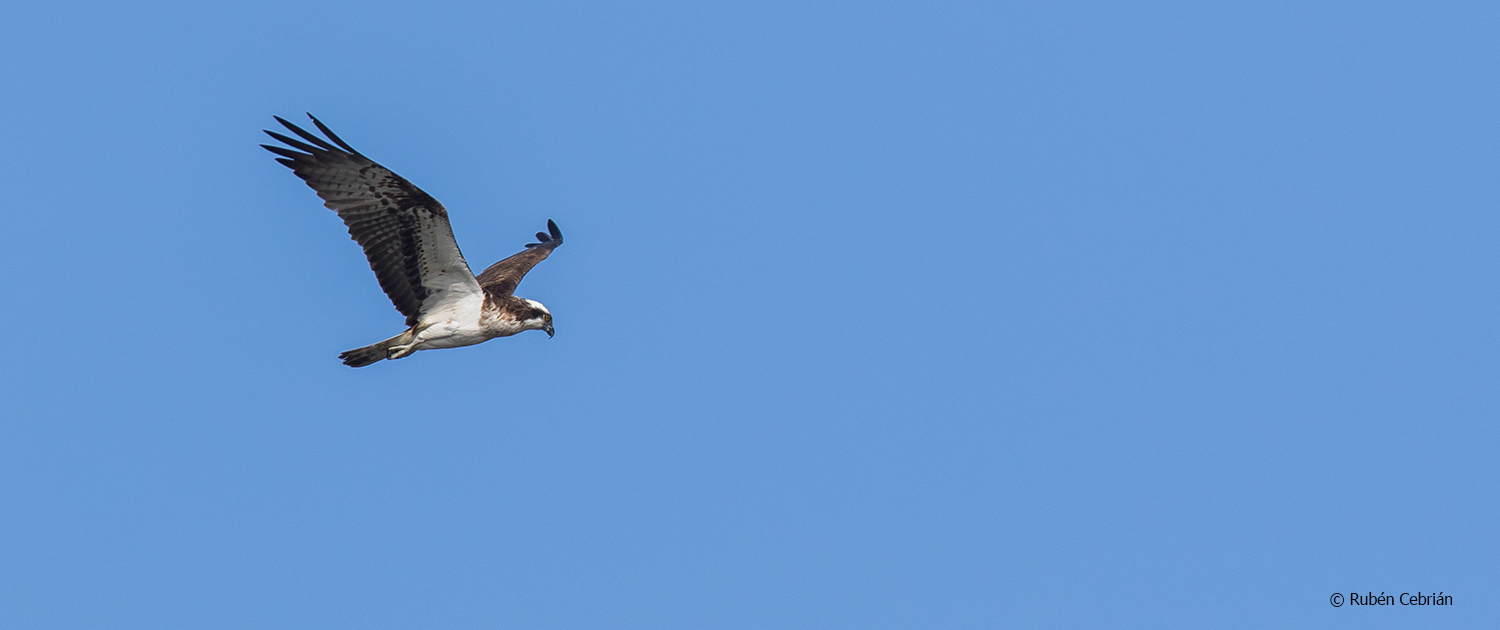
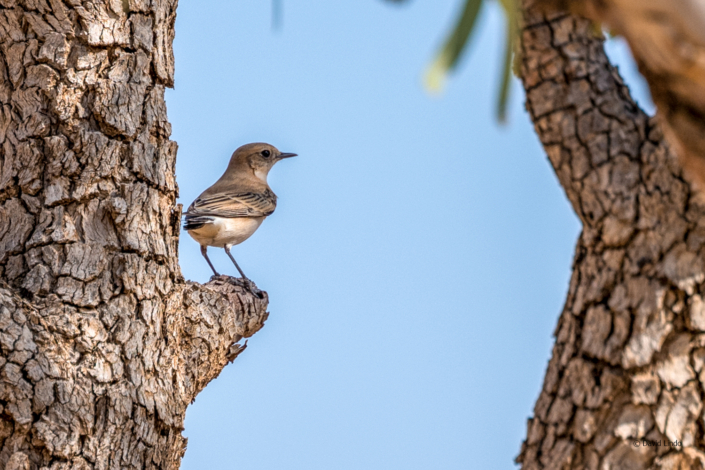
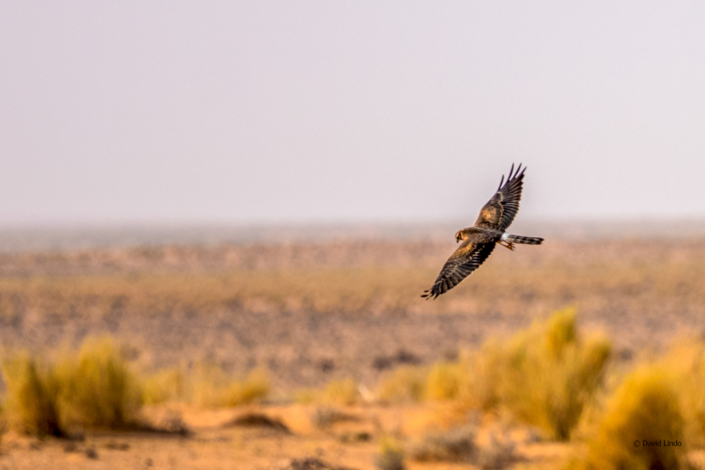
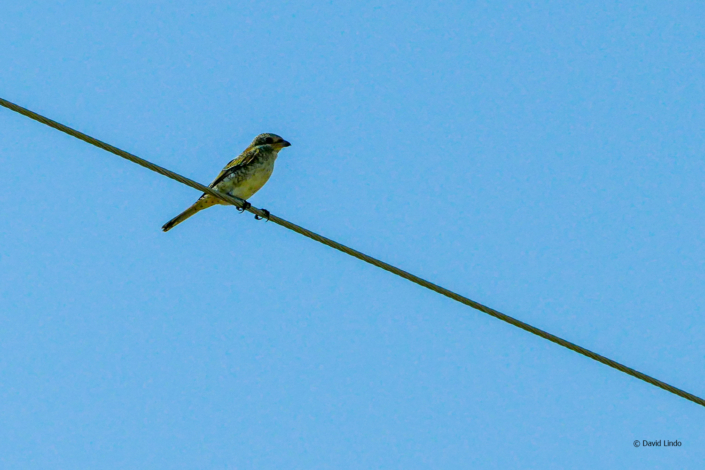
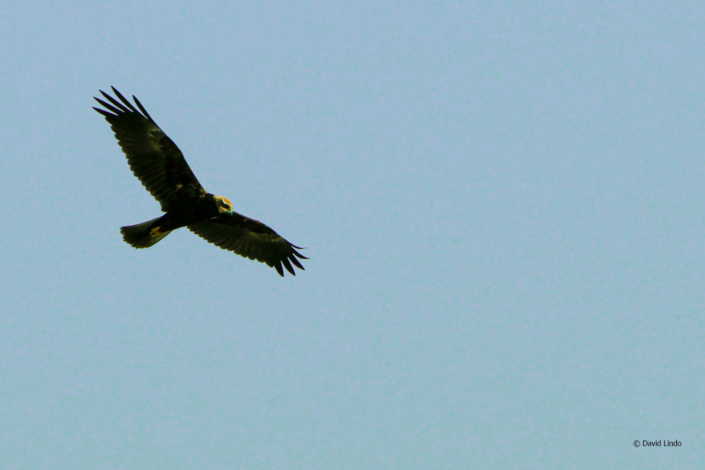
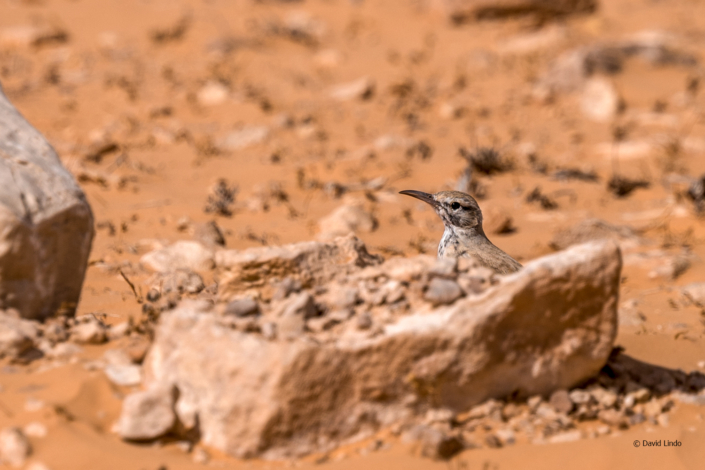
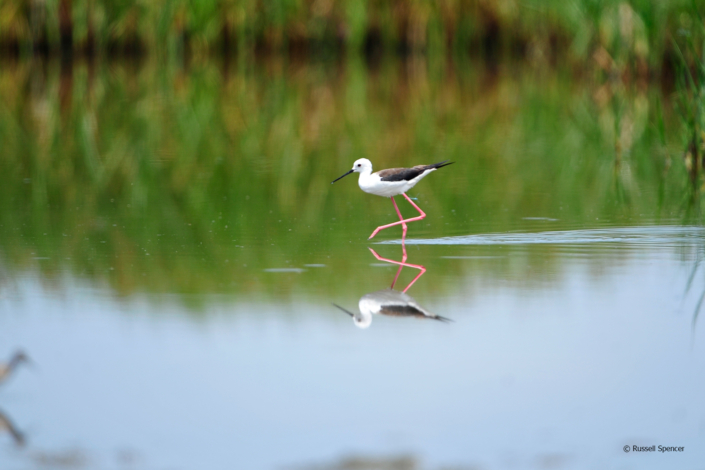
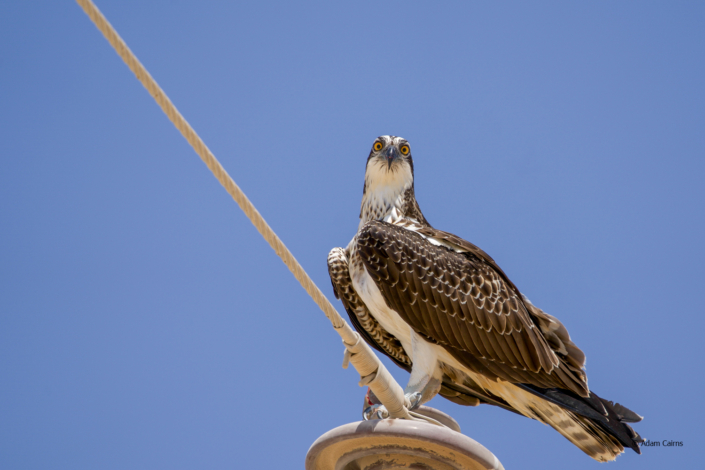
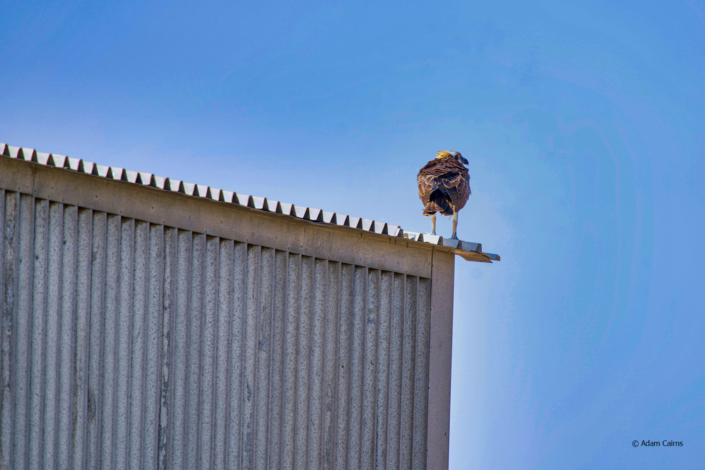
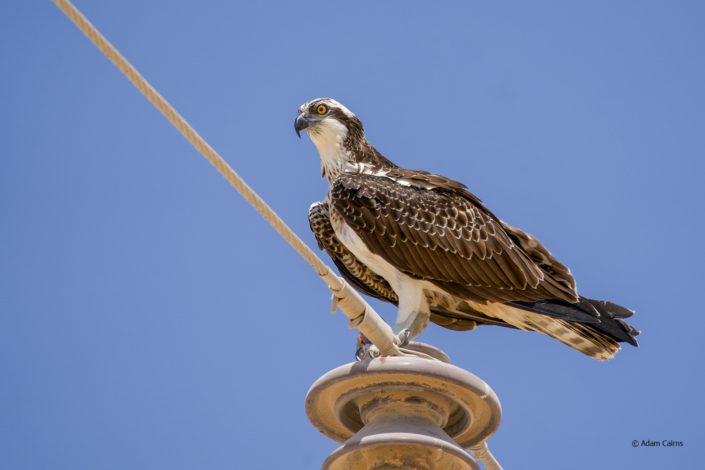
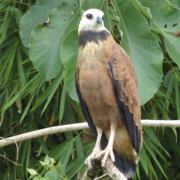
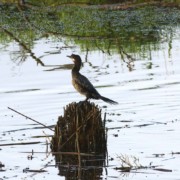
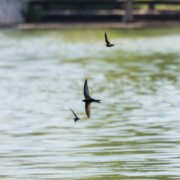
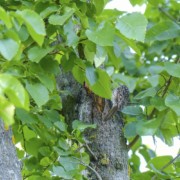
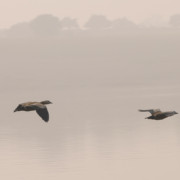
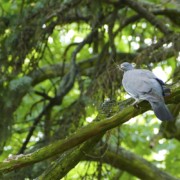
 © Ruth Chambers
© Ruth Chambers